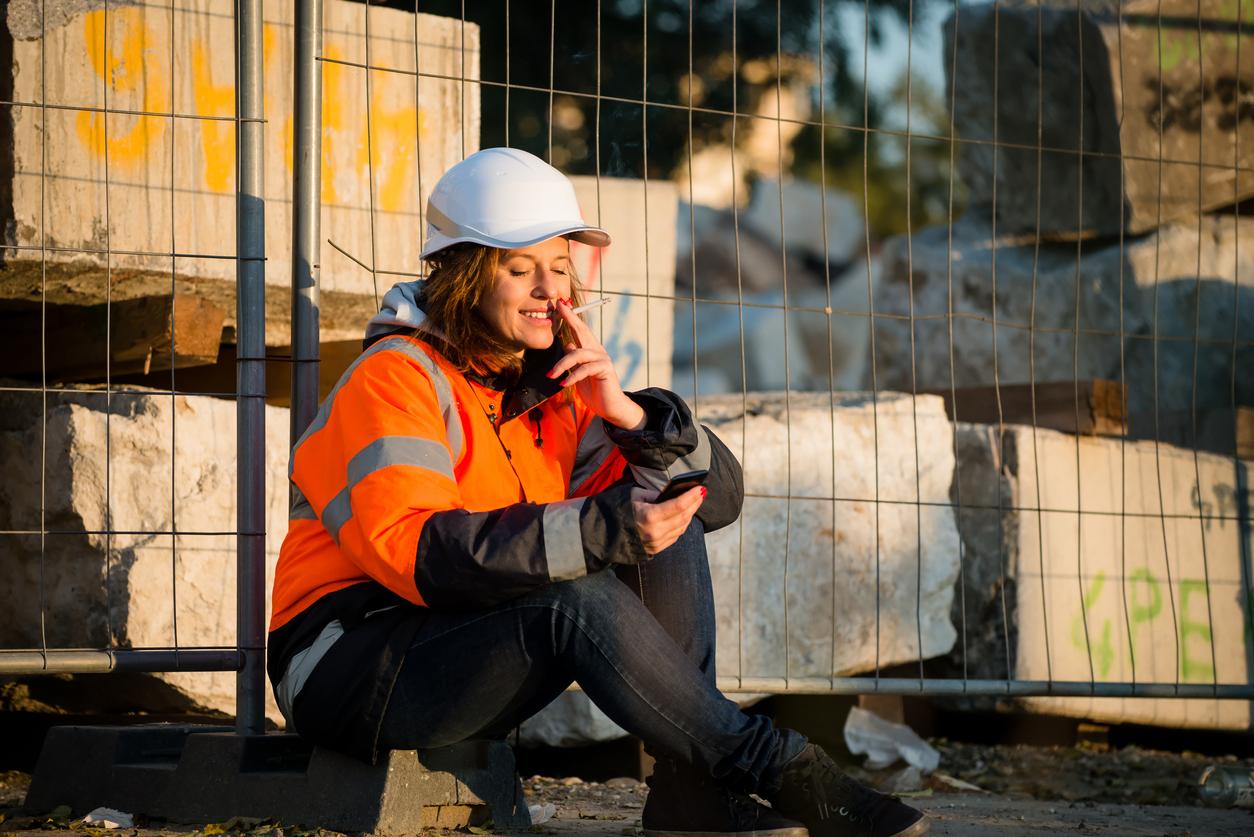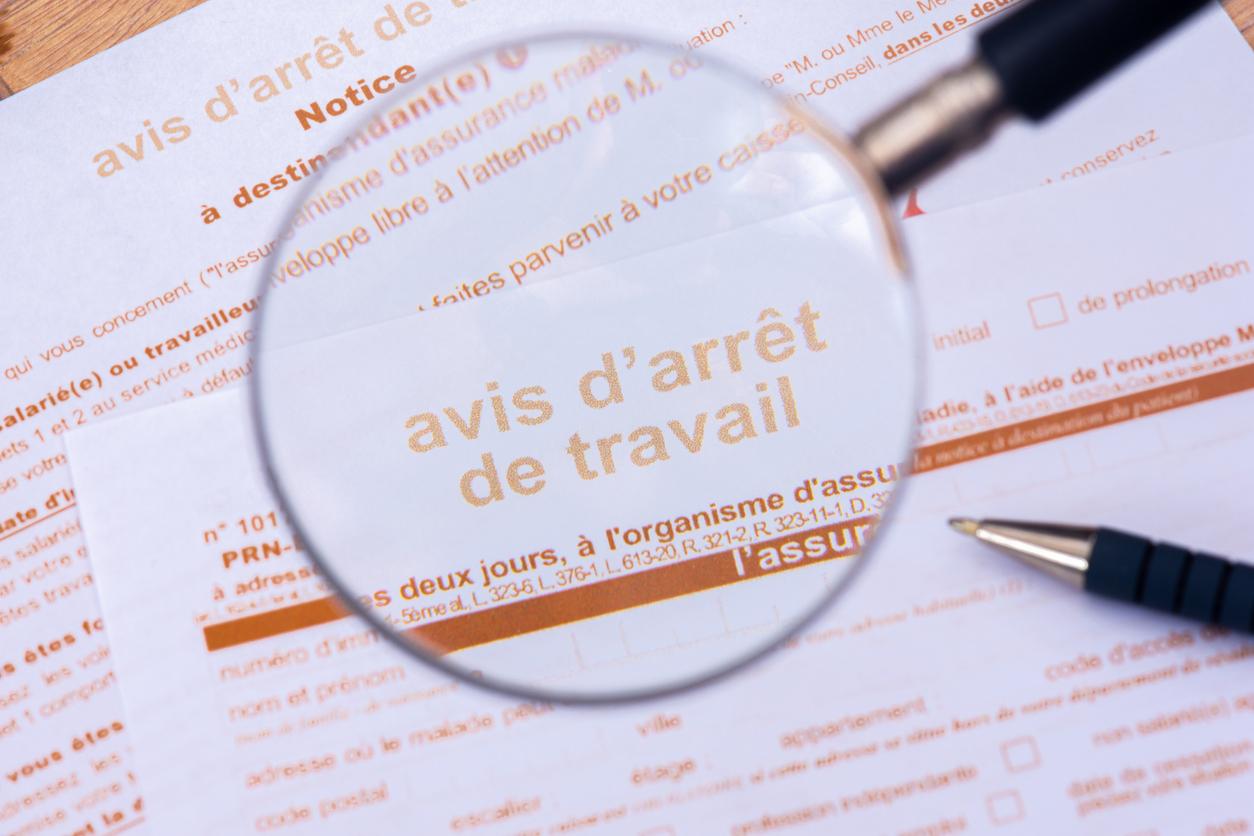
The top seven vertebrae make up the cervical spine. It starts at the bottom of the skull. The first two vertebrae both have unique shape and function.
The top 7 vertebrae make up the cervical spine. It runs from the bottom of the skull to the top of the thoracic spine. The first two vertebrae both have unique shape and function.
The upper cervical vertebra supports the skull and is called the atlas. This vertebra acts as a pivot. The design of the atlas allows for forward and backward movement of the head, such as when nodding ‘yes’. Below the atlas is an axis that allows rotation. A bony protuberance, the dens, pivots with the atlas, allowing the head to turn sideways, as in shaking ‘no’.
The five remaining vertebrae are load-bearing parts. Around these vertebrae are muscles, connective tissue, blood vessels and nerves. The cartilage discs between the vertebrae also serve as shock absorbers for the spine. Due to its shape and structure, the cervical spine provides support and mobility for the head and neck.
















